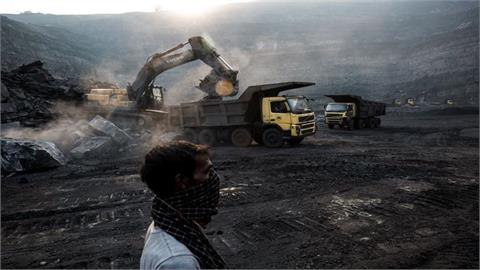Reaching global net-zero emissions target will be virtually impossible without carbon capture, utilization and storage (CCUS) technologies that require an estimated cumulative investment of $160 billion by 2030, according to a new report from the International Energy Agency on Thursday.
CCUS is the only group of technologies that contributes both to reducing emissions in key sectors directly and to removing CO2 from the atmosphere to balance the emissions that are the hardest to prevent.
According to the IEA's report CCUS in Clean Energy Transitions, after years of slow progress, technologies to capture carbon emissions and to either store or reuse them are gaining momentum, a trend that will need to accelerate significantly for the world to achieve its energy and climate goals.
The Paris Climate Agreement ratified in 2015 aims to keep the long-term global temperature increase well below 2°C above pre-industrial levels and limit the increase to 1.5°C.
A growing number of countries are announcing new pathways to meet the Paris Agreement goals, including phasing out coal from their energy mix to reach net-zero emissions by 2050.
"The scale of the climate challenge means we need to act across a wide range of energy technologies. Carbon capture is critical for ensuring our transitions to clean energy are secure and sustainable," the IEA Executive Director, Fatih Birol, said in the report.
Plans for more than 30 commercial CCUS facilities have been announced globally in the last three years and projects now nearing a final investment decision represent an estimated potential investment of around $27 billion, the report revealed.
This amount is more than double the investment planned for 2017. This portfolio of projects is increasingly diverse and would double the amount of CO2 captured globally which today stands at 40 million tons.
The report also sets out four main ways that CCUS technologies contribute to clean energy transitions; from tackling emissions from existing energy infrastructure to providing a solution to some of the most challenging emissions from heavy industries like cement and chemicals, as well as from aviation.
It recommends offering a cost-effective pathway for low-carbon hydrogen production in many regions and removing CO2 from the atmosphere.
"Action from governments will be essential for establishing a sustainable and viable market for CCUS," Birol said, and he also urged the energy sector to embrace this opportunity.
"No sector will be unaffected by clean energy transitions and for some, including heavy industry, the value of CCUS is inescapable," he noted.
(Anadolu Agency, September 24, 2020)



